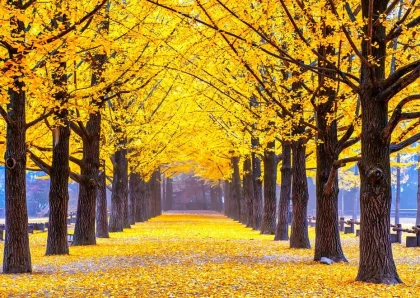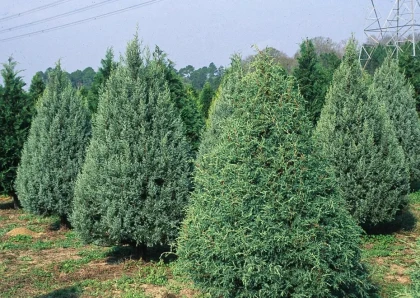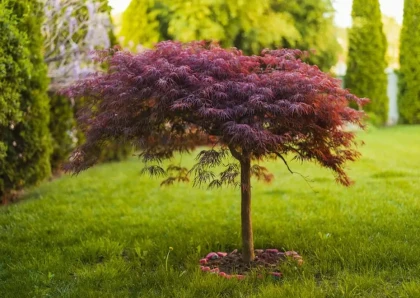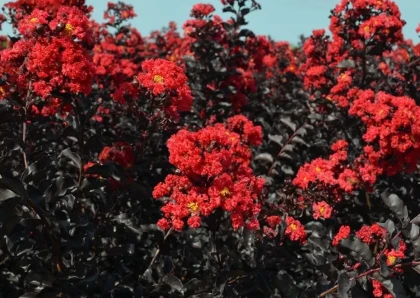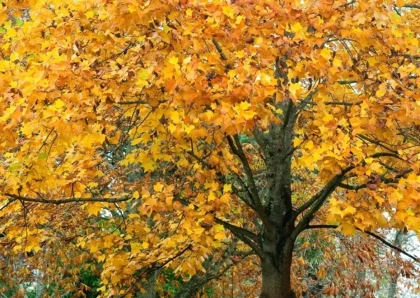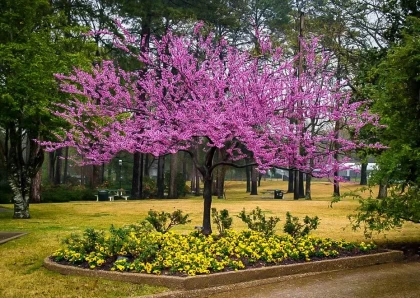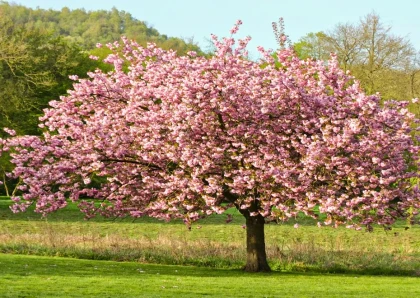
Dd Blanchard Magnolia Tree
Overview
History of the Tree
The Dd Blanchard Magnolia Tree (Magnolia grandiflora 'Dd Blanchard') is a cultivar of the Southern magnolia, which is native to the southeastern United States. It was first developed and introduced by the renowned horticulturist Dr. August Kehr in the 1960s.
Detailed Description of the Tree
The Dd Blanchard Magnolia Tree is a magnificent evergreen tree known for its large, glossy, dark green leaves with a bronze-colored underside. It can reach a height of 60 to 80 feet (18 to 24 meters) with a spread of 30 to 50 feet (9 to 15 meters). The tree produces stunning, fragrant white flowers that can be as large as 10 inches (25 centimeters) in diameter, blooming in late spring to early summer.
Types of this Tree
The Dd Blanchard Magnolia Tree is a cultivar of the Southern magnolia (Magnolia grandiflora). It belongs to the Magnoliaceae family and is known for its impressive size and large, showy flowers.
Importance of this Tree
The Dd Blanchard Magnolia Tree holds significant importance in landscaping and horticulture due to its striking appearance and ornamental value. It serves as an excellent focal point in gardens, parks, and larger landscapes, adding beauty, elegance, and a touch of southern charm.
How to Care for this Tree
Proper care is essential for the health and vitality of the Dd Blanchard Magnolia Tree:
- Plant the tree in a well-draining soil with full to partial sunlight exposure.
- Water regularly, especially during dry spells, to keep the soil evenly moist.
- Mulch around the base of the tree to conserve moisture and suppress weed growth.
- Prune selectively to maintain its desired shape and remove any dead or damaged branches.
- Fertilize in early spring with a balanced slow-release fertilizer to promote healthy growth.
Benefits of the Tree
The Dd Blanchard Magnolia Tree offers several benefits:
- Enhances the landscape with its striking foliage and large, fragrant flowers.
- Provides shade and shelter for wildlife, such as birds and squirrels.
- Creates a sense of privacy when used as a hedge or screen.
- Contributes to air purification by absorbing pollutants and releasing oxygen.
- Symbolizes beauty, strength, and resilience.
How to Plant this Tree
Follow these steps to successfully plant the Dd Blanchard Magnolia Tree:
- Choose a location that provides enough space for the tree to grow and thrive.
- Dig a hole that is two to three times wider and slightly shallower than the root ball.
- Place the tree in the hole, ensuring that the top of the root ball is level with or slightly above the ground.
- Backfill the hole with soil, gently firming it around the roots.
- Water thoroughly to settle the soil and remove any air pockets.
- Apply a layer of mulch around the base of the tree to conserve moisture and suppress weeds.
- Monitor the tree's growth and provide proper care as outlined above.
Different Types of Wood Products
The wood of the Dd Blanchard Magnolia Tree is highly valued for its strength and durability. It is commonly used in the production of furniture, cabinetry, flooring, and veneers. Its attractive grain patterns and warm, reddish-brown color make it a popular choice among craftsmen and woodworkers.
Cons
While the Dd Blanchard Magnolia Tree has many desirable qualities, there are a few potential drawbacks to consider:
- Large size: The tree's expansive growth may be unsuitable for small yards or limited spaces.
- Leaf litter: The tree sheds leaves throughout the year, requiring regular maintenance to keep the area clean.
- Susceptibility to pests: Magnolia trees can be vulnerable to certain pests and diseases, requiring proactive pest management and regular inspections.
FAQs (Frequently Asked Questions)
Q: How fast does the Dd Blanchard Magnolia Tree grow?
The Dd Blanchard Magnolia Tree has a moderate growth rate, typically gaining around 12 to 24 inches in height per year under ideal conditions.
Q: Does the Dd Blanchard Magnolia Tree require pruning?
Pruning is not necessary for the Dd Blanchard Magnolia Tree, but selective pruning can be performed to shape the tree or remove any dead or damaged branches.
Q: What is the best time to plant a Dd Blanchard Magnolia Tree?
The best time to plant a Dd Blanchard Magnolia Tree is in early spring or late fall when the weather is mild. This allows the tree to establish its roots before the onset of harsh conditions.
No listings available
Related Products
Questions & Answers
What do you want to know about this product?
Reviews (5)
FloralArborist99
The Fragrant Masterpiece
The Perfume Symphony Magnolia is a true masterpiece in my garden. Its intoxicating fragrance fills the air, creating a sensory oasis. A must-have for fragrance enthusiasts!
PetalConnoisseur
A Blooming Marvel
The Blossom Wonder Magnolia is a marvel to behold. Its profusion of blooms in varying shades of pink and white creates a stunning display. Simply breathtaking!
SeasonsGazer
Beauty that Transcends Seasons
The Everlasting Charm Magnolia is a beauty that transcends seasons. Its evergreen foliage provides year-round appeal, while its magnificent blooms captivate in spring. Truly enchanting!
CrownBearer
A Majestic Statement
The Regal Majesty Magnolia makes a bold statement in any landscape. Its towering height and broad canopy command attention, creating a regal presence. A true standout!
PerfumeEnthusiast121
Nature's Fragrant Jewel
The Aromatic Gem Magnolia is nature's precious jewel. Its exquisite fragrance and delicate blooms make it a treasure in the garden. A delightful sensory experience!





